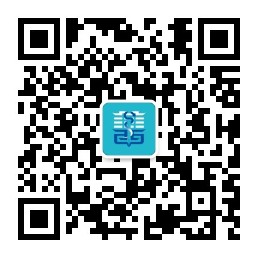Wnt/beta-catenin signal is required in bone formation and remodling, but little is known about whether Wnt/beta-catenin signal could promote osteogenic differentiation of rat bone marrow mesenchymal stem cells (BMSCs) after uniaxial mechanical stretch. In this study, rat BMSCs were identified by flow cytometry and used for mechanical stretch. A custom-made uniaxial dynamic stretch apparatus was applied for rat BMSCs stretch. There were 2 groups in the study: the mechanical stretch group and the nonstretch control group. Cell morphology, alkaline phosphatase (ALP) activity, mRNA levels (Wnt3a, Lrp5, beta-catenin, as well as Runx2 were evaluated using quantitative real-time reverse transcription-polymerase chain reaction) and protein levels (beta-catenin and Runx2 were examined using western blot) were observed in both groups. The authors finally found that not only the cell proliferation, ALP activity, but also mRNA expression of Wnt3a, Lrp5, beta-catenin, and Runx2 in BMSCs were markedly elevated by mechanical stretch than the controls. Protein levels of beta-catenin and Runx2 were significantly higher than that of control as well. Activation of mechanical stretch was partially reversed by DKK-1, a classical inhibitor of Wnt/beta-catenin signal. These results demonstrate that uniaxial mechanical stretch could stimulate osteogenic differentiation and proliferation of BMSCs by activating the Wnt/beta-catenin signaling.
Citation: Zhao Chuang, Li Yunfeng, Wang Xuemei, Zou Shujuan, Hu Jing, Luo En. The Effect of Uniaxial Mechanical Stretch on Wnt/beta-Catenin Pathway in Bone Mesenchymal Stem Cells. West China medical Virtual Journal, 2000, 1(1): 113-117-. doi: 10.1097/SCS.0000000000003252 Copy
-
Previous Article
Can mitomycin facilitate endoscopic dilatation treatment of benign oesophageal stricture? DengHan-Yu, Wang Wen-Ping, Lin Yi-Dan, Chen Long-Qi -
Next Article
Clotrimazole and econazole inhibit Streptococcus mutans biofilm and virulence in vitro QiuWei, Ren Biao, Dai Huanqin, Zhang Lixin, Zhang Qiong, Zhou Xuedong, Li Yuqing




